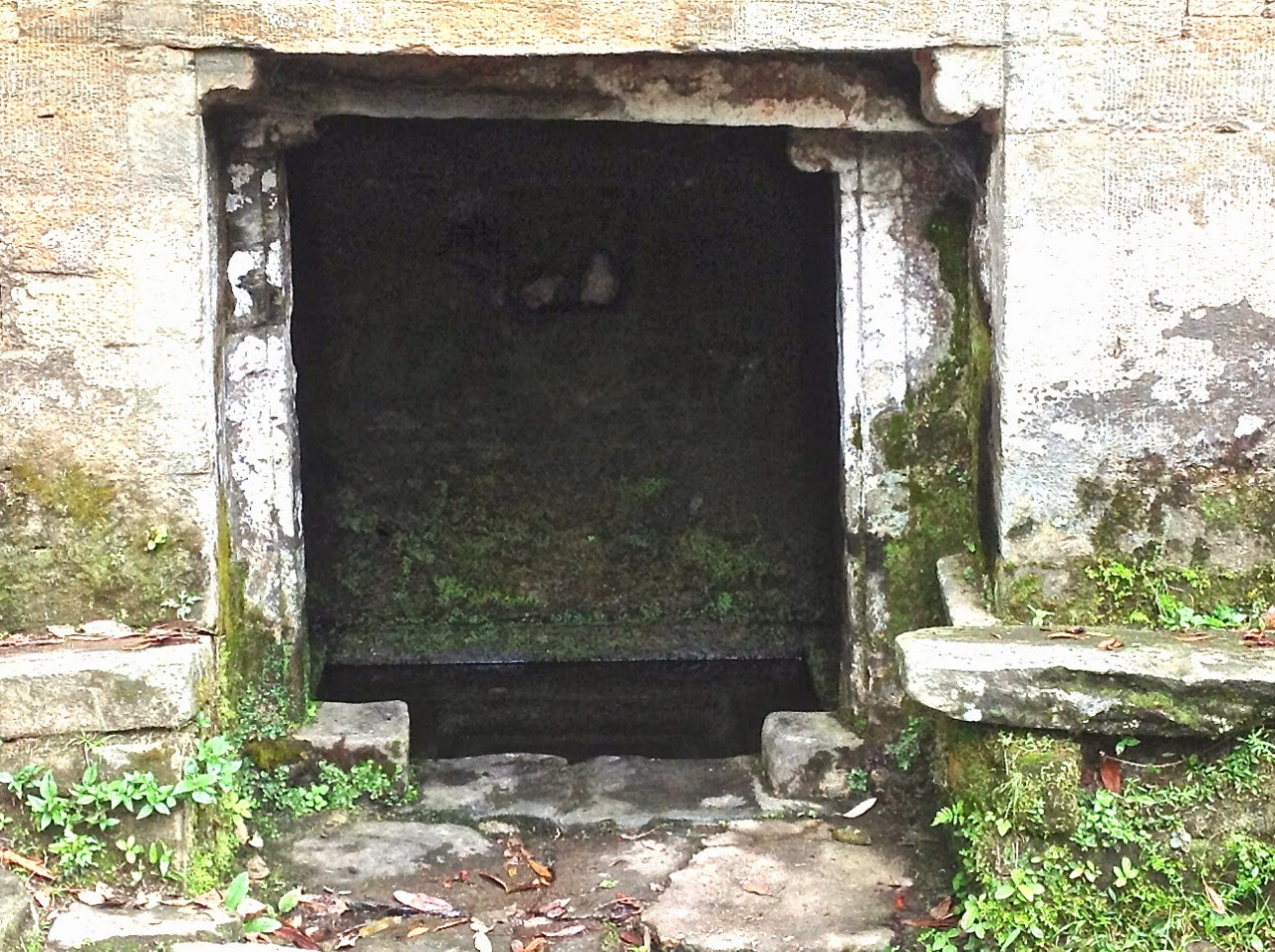 |
| Field Trip to Sudana Naula |
At Jeevanshala, a tiny primary school in village Maram, 50 k.m. from Almora the focus of Timeless Lifeskills workshops was on self-directed learning, critical thinking, creative expression and multimedia skills.
One of the projects we did was on ‘naulas’, a traditional source of water in the mountains. Water pipes and taps are now much prevalent in Himalayan villages and naulas are no longer being properly maintained. However, when there is a crisis, like the flash floods in this region in 2011, people realize the importance of such traditional sources and significance of water conservation.
The project started with a question formulation session. This is important because questions pique students’ curiosity and help in securing a cognitive commitment to follow through on the project. Questions also invoke prior knowledge and help build a connection between what a student already knows and the new knowledge acquired, thus deepening comprehension.
Students were encouraged to seek answers to their questions from teachers and family members. One of the questions the students had posed was – how old are these naulas? One boy shared that he asked his grandmother who told him that the naula in their village was still there when she had got married. She remembered this because on entering the village for the first time after marriage she was taken straight to the naula to pay her obeisance, as naulas were considered sacred. She said that her mother-in-law had in turn told her that she too had visited the naula when she got married! We later figured that many naulas have been around for hundreds of years.
To understand naulas better we made a field trip to a naula situated not very far from Jeevanshala called, Sudananaul. At the site their teacher, Sandeep, who is extremely knowledgeable, explained to them how a naula works, how it requires expert craftsmanship and what is the relationship of the jungle and the naula (broad leaf trees like Oak are extremely important because they break the speed of falling rain and hence rain water seeps into the ground instead of flowing away).
Sandeep also explained how in olden times naulas contributed to social cohesion. People would gather every day to fill their vessels and in the process they discussed family matters and helped out if a family was facing some problems. Much like the water cooler effect in corporate socialising!
The children later wrote articles based on answers they found to their questions and created a newspaper. They also used play dough to depict naulas and forests and made stories about the importance of reviving naulas.
In a second field trip they made a documentary on a local ‘gadhera’ – another natural source of water. They showed off their knowledge of various trees and shrubs – their medicinal value and other uses.
While in the forest we watched documentaries created by Himalaya Seva Sangh on water conservation and filtration related issued and ended the day with a picnic.
 |
| We are going on a… field trip! |
 |
| Sudana Naula (naula is a traditional source of potable ground water) |
 |
| Forests (specially large leaf trees) and Naulas have a symbiotic relationship |
 |
| Class 4 and 5 Students of Jeevanshala |
 |
| With Atul |
 |
| Games and Eats! |
 |
| It was a great learning experience |
